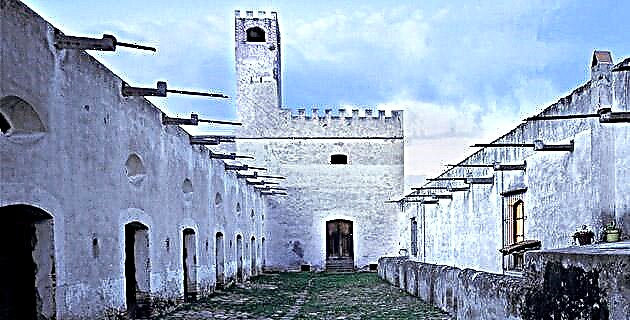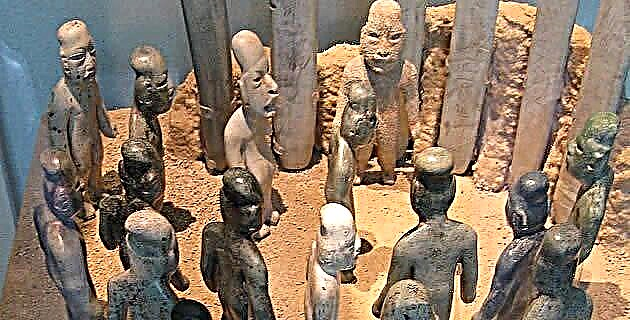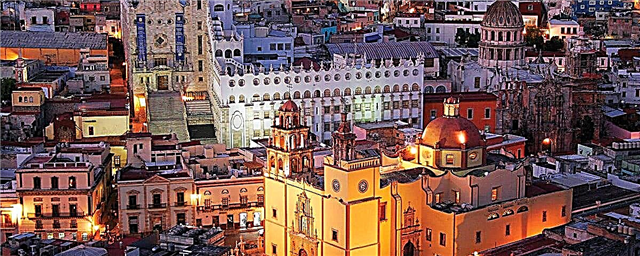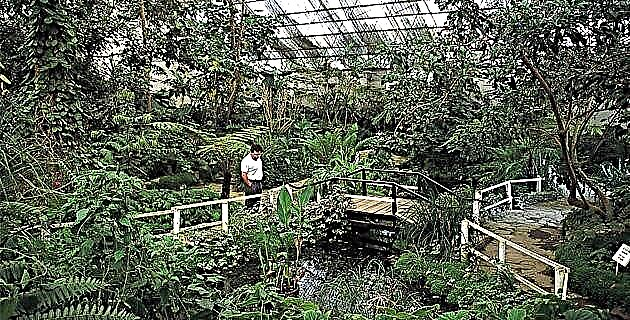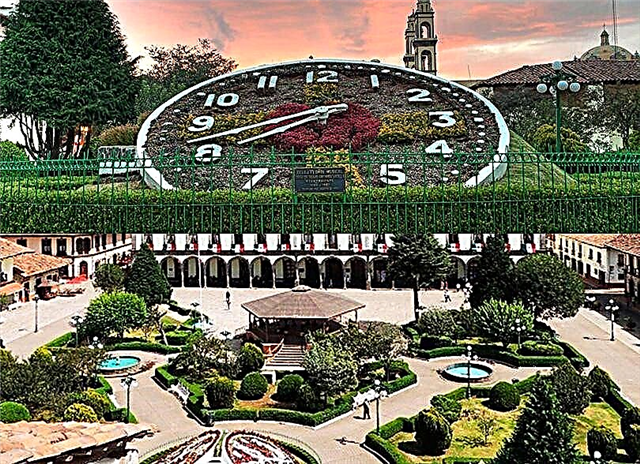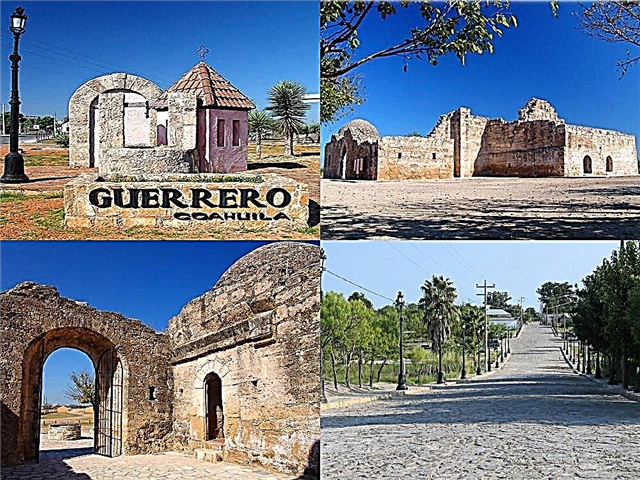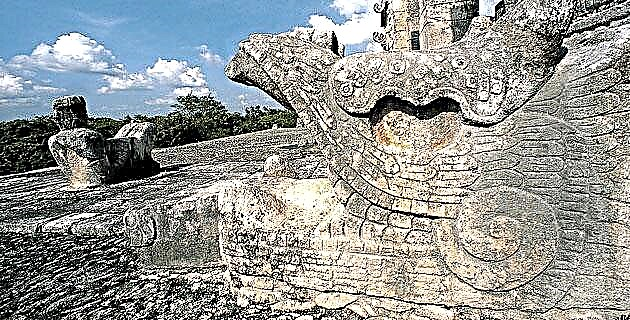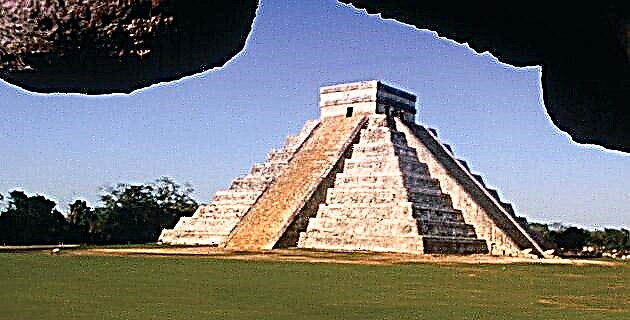
Fray Antonio de Ciudad Real was born in 1551 in Castilla la Nueva and at 15 years of age he entered the convent of San Francisco in Toledo.
When the "culturicida" Diego de Landa came for the second time to New Spain as bishop of Yucatán, he brought a group of Franciscans among whom Antonio came as a chorus; they landed in October 1573 in Campeche. Our character professed in Yucatán, where he learned the Mayan language with ease.
In September 1584, General Commissioner Alonso Ponce de León, visitor of the Franciscan provinces, arrived in Mexico. During the five years that he was here, until June 1589, his secretary was Ciudad Real and together they traveled from Nayarit to Nicaragua, of which their numerous tours of the Mexican highlands stand out. About that five-year period, he wrote in the third person the curious and learned Treatise on the greatness of New Spain; written around 1590, although it did not see the public light until 1872, in Madrid. In 1603 he was elected provincial of his order, and died in Merida on July 5, 1617.
Much news from Ciudad Real. "In the capital's convent of Santa Clara‘ a quill is kept from the leg of one of the eleven thousand virgins ‘. And with regard to relics, in the Xochimilco convent “there is a faucet on one arm of the blessed Saint Sebastian; leave Rome with very authentic testimonies and keep yourself in an arch in the wall of the church ”.
The objective of the journey was fulfilled. Ponce and his secretary visited 166 convents in the six Franciscan provinces and eight Dominican, five Augustinian and three Jesuit provinces. Although the reason for the trip was such visits, the Ciudad Real book is a true diary that collects valuable anthropological, zoological, botanical and other information of the most varied nature.
For example, an ethnologist could delve into the indigenous festivals and dances of the Bajío of the late sixteenth century, already mixed, from this work: “He was very well received, some Indians also leaving on horseback and hurting them for making him party ; there were many ramadas and many colorful live birds hanging on them […] Some Indians came out on horseback, a long way before I arrived, and many others on foot, shouting and screaming like Chichimecas, and a dance of deformed Negroes came out, another of Indians with a game they call del palo ”.
The book also provides abundant material for paremiological researchers, as Antonio de Ciudad Real was very talkative. These samples that I selected from his work are worthwhile: “They are the ones who wash the wool and everything is bad for the pitcher; Bring high rod; There is no shortcut without work; Flesh and Bone; Where its owner is not, there is its mourning; Few in absentia are righteous; Who does not seem, perishes; Duel of other people's hair hangs; Favor unfurled flags; Get out of their boxes; Show shoulder and chest; They were in their thirteen; Fall already on wet; Give and take; Things that have been left between the lines; He played on the same key; Cry my eyes out; Make amends and make a new book; Very deaf; By his heart he wanted to judge the other's; The thief thinks that all are of his condition; Get away with it; Hold off; A river turned fishermen gain; and Living at ease ”.
Zoological themes are also the preference of this curious Franciscan: that the ducks in the lakes of the Valley of Mexico “are hunted by the Indians with a strange curiosity, and that is that they surround a large part of the lagoon where they go to sleep in the haystacks and grasslands. , with nets placed on sticks driven a little high, and in the morning before it is daylight, they scare away the ducks that sleep there, and as they are going to fly they are caught and caught by the feet in the nets ”.
That in the same place “a large sum of flies are taken out in the manner of ants or worms, which the Indians sell in the markets to feed the birds that the Spanish and even the Indians have caged in Mexico, and they catch these flies [ …] With some nets in the parts that the lagoon is not deep, from which they also take many little eggs of flies (ahuaucles), from which they make some stews that they eat and are very tasty ”.
That near Autlán “very poisonous scorpions and flying bugs and other dirty and painful vermin are raised, for which […] God provided a wonderful remedy, and it is that flocks of ants that they call arrieras come to that village from time to time, and They enter the houses, and without hurting another house they go up to the roofs and from them and from the holes they throw down the dead, how many scorpions and bugs they cover, and after this in one house they go to another to do the same, and from there to another and to others and thus they clean them all ”.
The varied information from Ciudad Real continues: That on the hill of Chapultepec "the statue and figure of Moctezuma is carved and sculpted." That Dominican bananas are called that way because they were brought from the island of Santo Domingo. That the thermal waters of Peñón de los Baños, which still exist today, were already used for medicinal purposes. That the Acaponeta River was crossed in rafts with hollow gourds as floats, as in the Balsas River, in the state of Guerrero.
Ciudad Real describes the ruins of Uxmal and Chichén Itzá; He visited the hot springs of the city of Puebla and its tiny volcano today urban; prescribes stones that have medicinal use; He was surprised at the reed canoes of the Chapala lagoon, with independent floating of the water that penetrates between their reeds; he saw the "sink" of San Cristóbal, today Las Casas, where a river disappears; it reminds us that some ways to measure distances were a stone's throw, a crossbow shot, and an arquebus shot. The "stick game" that surprised Hernán Cortés so much, to the extent that he sent some indigenous people to Spain who practiced it, is described in detail by this chronicler.

